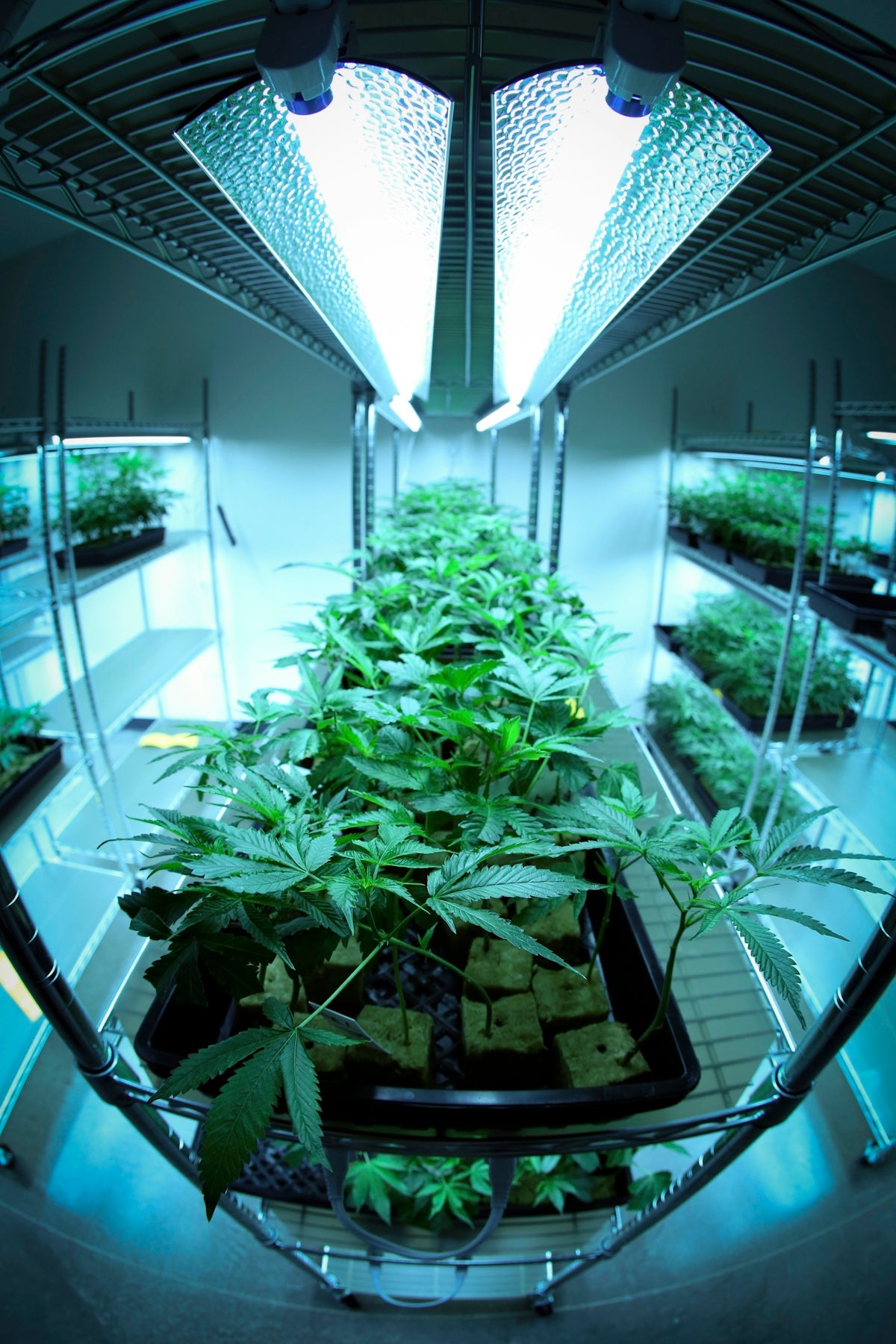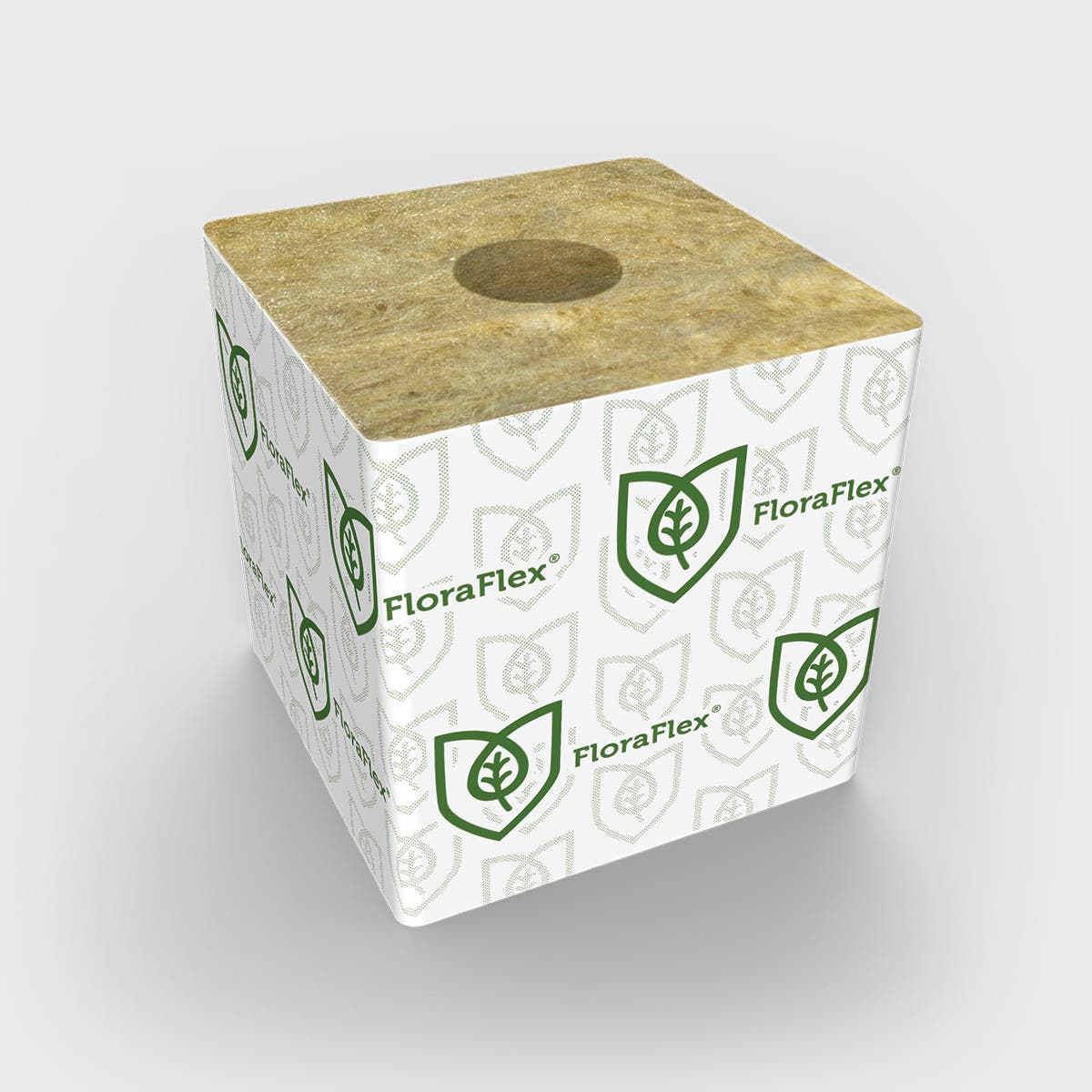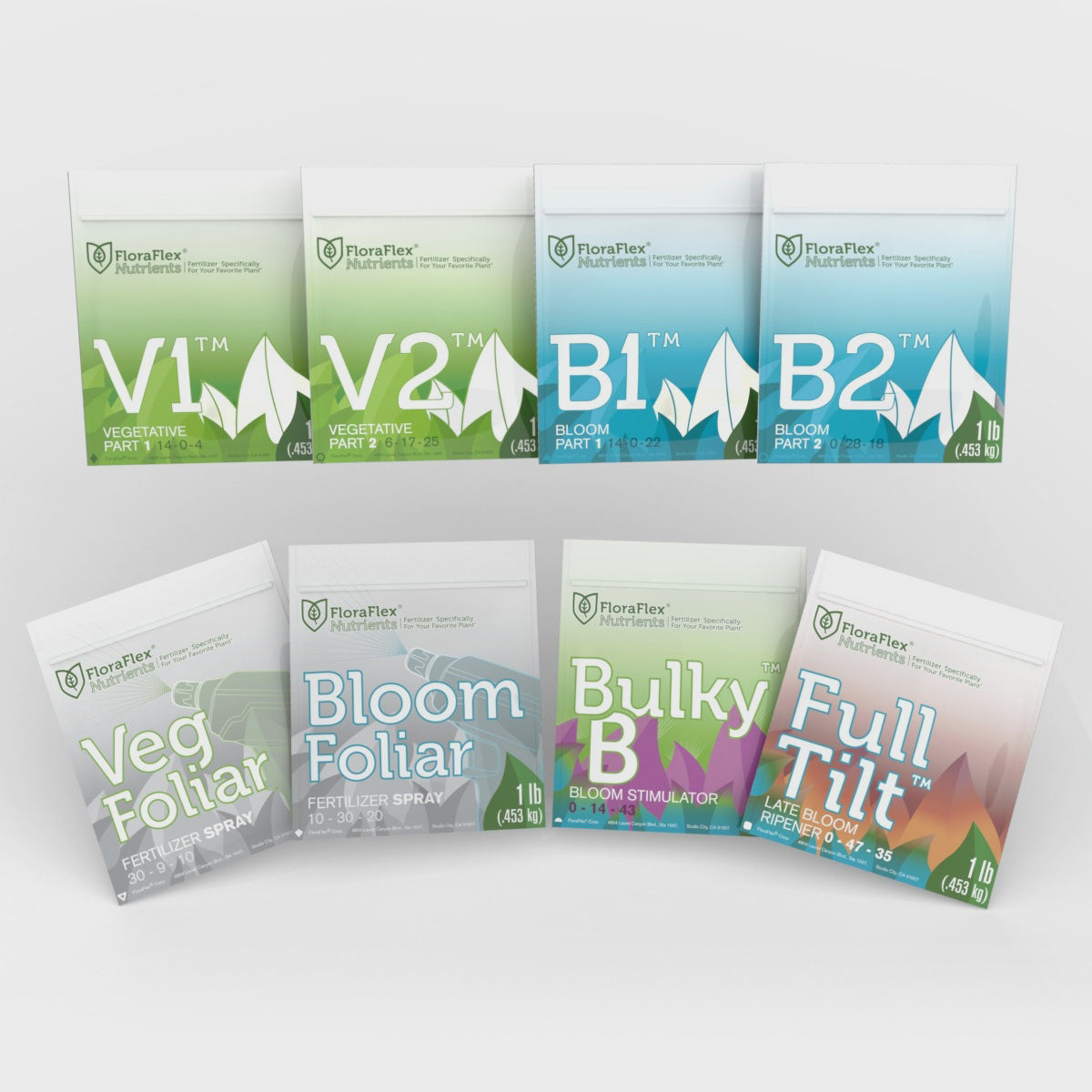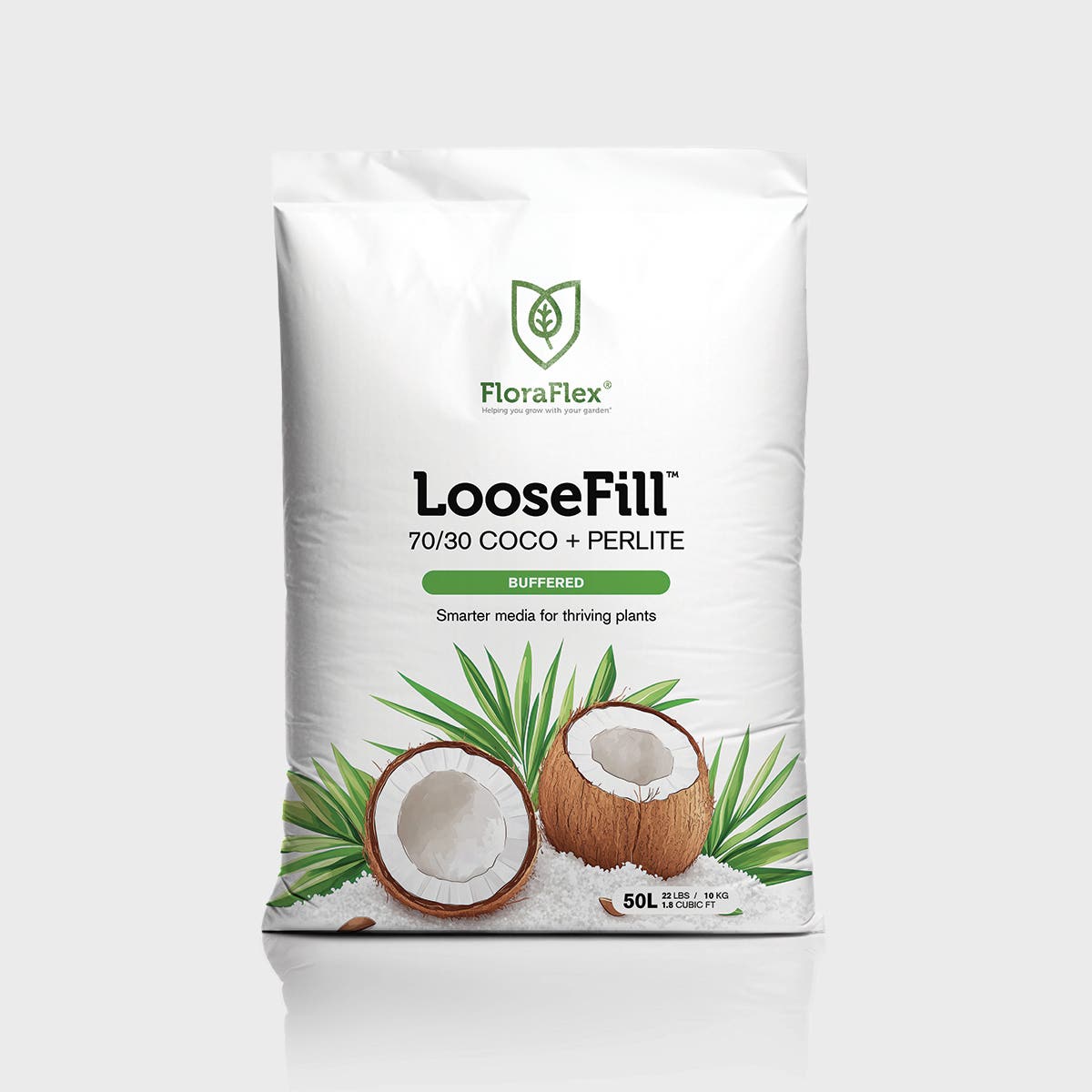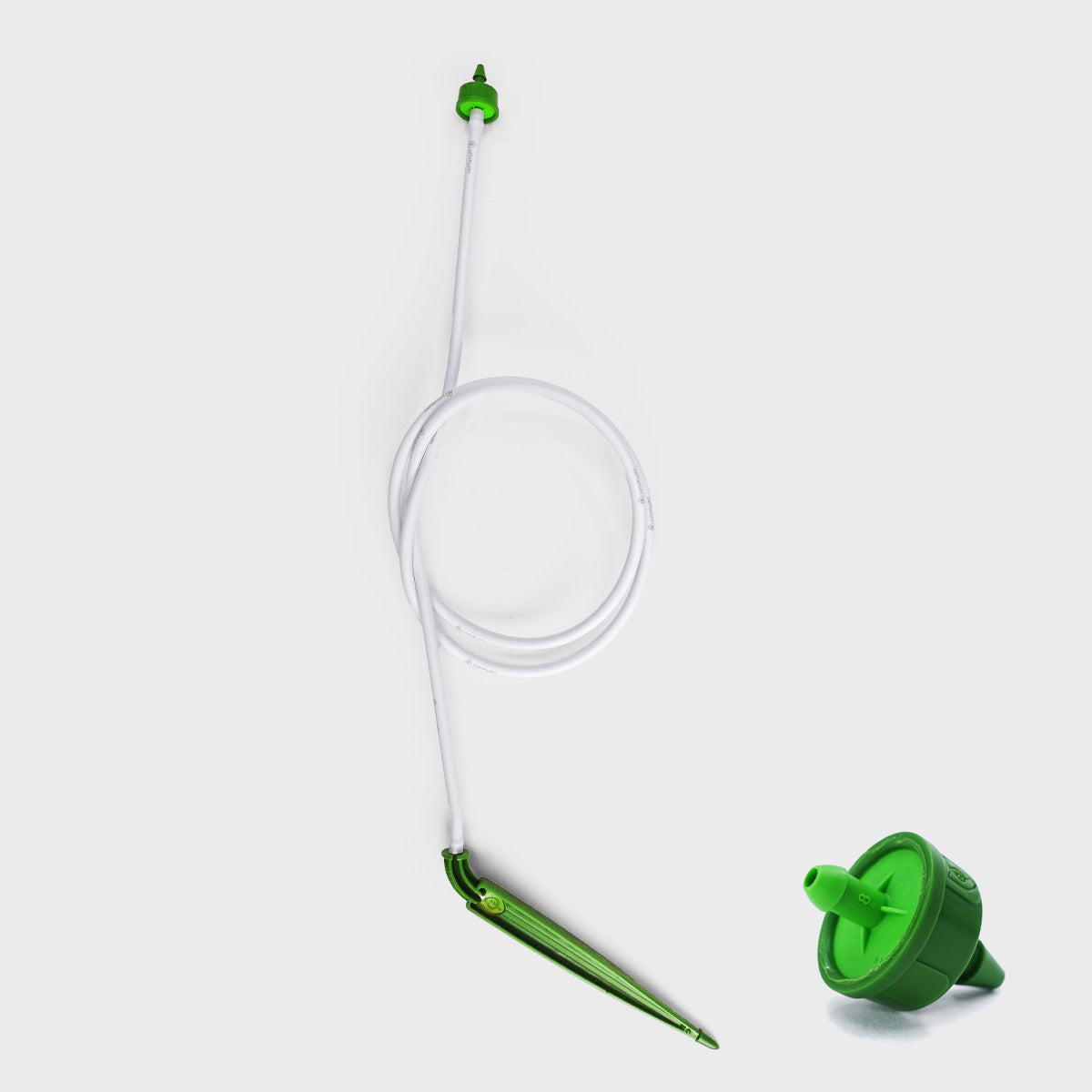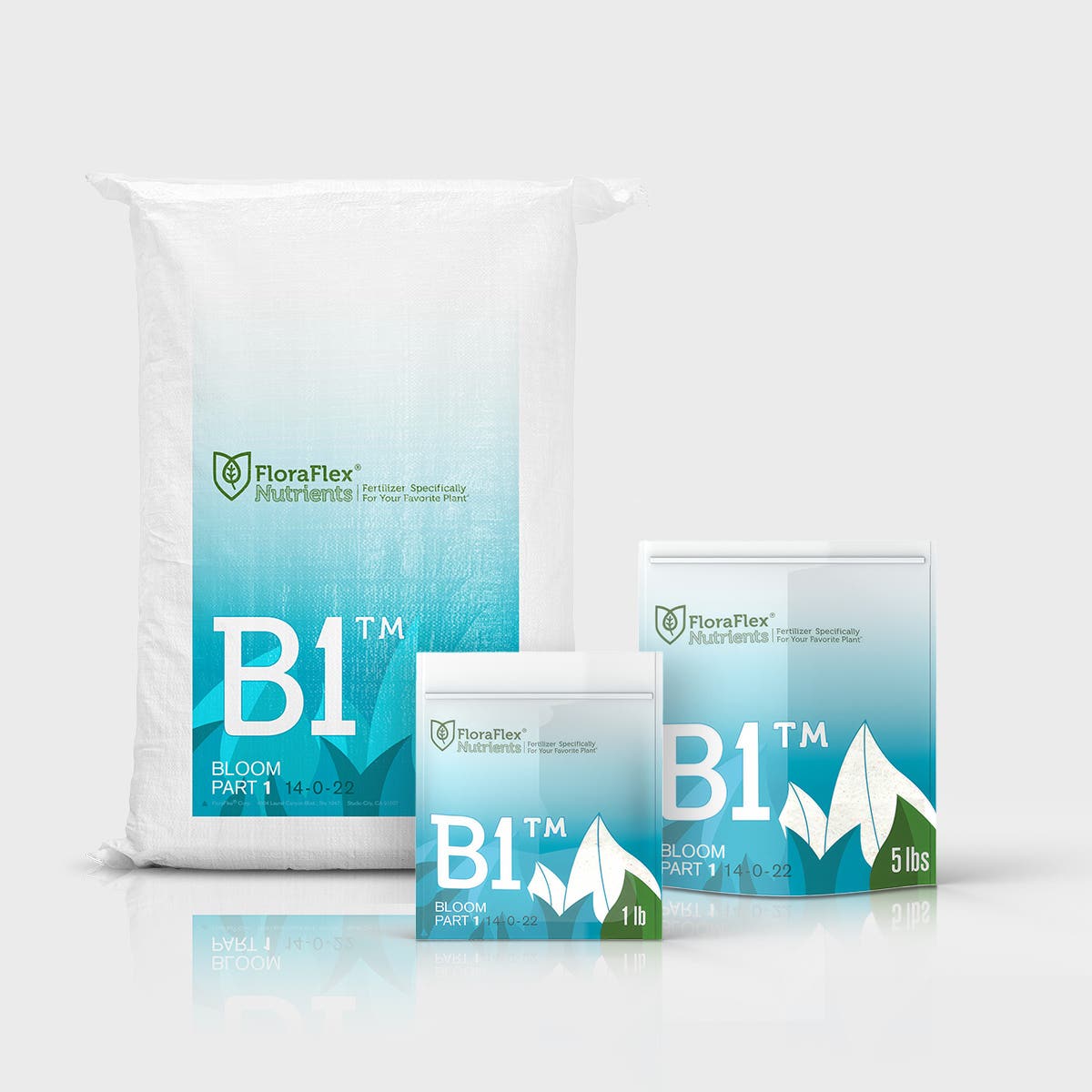The cannabis cultivation industry has experienced significant advancements in recent years, with both large and small-scale growers continually seeking new strategies to maximize their yields. Among the most notable trends is the shift towards organic cultivation methods. By leveraging chemical-free approaches and sustainable practices, growers not only produce cannabis of high quality but also ensure the health of the environment. In this blog post, we will explore various organic methods to boost cannabis yield, integrating the latest innovations and proven techniques.
The Importance of Organic Cultivation
Before delving into specific methods, let's briefly explore why organic cultivation is gaining traction. Organic farming practices maintain soil fertility, promote biodiversity, and reduce pollution. These principles apply equally to cannabis cultivation, where sustainable techniques can result in healthier plants and higher yields. The benefits include:
- Enhanced soil fertility and structure
- Reduced risk of plant diseases
- Improved plant resilience
- Better flavor and potency of cannabis
By transitioning to organic methods, cannabis cultivators can achieve an exceptional harvest without compromising on quality or environmental integrity.
Techniques to Improve Organic Cannabis Yield
Soil Management
Good soil is fundamental to any successful cultivation endeavor. In organic farming, maintaining healthy soil is of paramount importance. Employ practices such as composting, mulching, and crop rotation to enhance soil quality naturally. Consider incorporating microbial inoculants and organic matter to boost nutrient levels and promote healthy root systems.
Natural Pest Control
Cannabis plants are susceptible to various pests and diseases. Using synthetic pesticides can harm both the plants and the environment. Instead, opt for natural solutions like neem oil, diatomaceous earth, and beneficial insects such as ladybugs and predatory mites. These organic remedies maintain ecological balance while effectively controlling pest populations.
Companion Planting
Companion planting involves growing cannabis alongside beneficial plants that repel pests, improve nutrient uptake, or enhance growth. Species like basil, borage, and yarrow can deter harmful insects, while dynamic accumulators such as comfrey and dandelion can provide additional nutrients. By carefully selecting companion plants, growers can create a synergistic environment that supports cannabis health and yield.
Organic Nutrients
Providing cannabis plants with the right nutrients is crucial for optimal growth. Organic options come in various forms, from worm castings and compost teas to bone meal and kelp meal. These nutrient-rich amendments release essential minerals slowly, ensuring steady and robust plant development without the risk of chemical burn. FloraFlex’s 6" FloraFlex Wool, derived from basalt, can also aid in the efficient delivery of nutrients to your plants.
Water Management
The efficient use of water resources is vital in organic cultivation. Implementing drip irrigation systems or using moisture-retentive mulches can significantly reduce water consumption. Monitoring soil moisture levels and adjusting watering schedules help to prevent water stress, ensuring plants remain hydrated and healthy throughout their growth cycle.
Light Management
Adequate light exposure is crucial for cannabis growth. For indoor cultivation, consider utilizing energy-efficient LED grow lights, which provide a broad spectrum of light while consuming less energy. Outdoors, ensure your plants are strategically placed to receive maximum sunlight while being protected from harsh environmental conditions.
Training Techniques
Employ systematic plant training methods such as Low-Stress Training (LST), topping, or Screen of Green (SCROG) to direct plant energy towards higher yield goals. These techniques encourage horizontal growth, optimize light exposure, and facilitate better airflow around the plants, leading to increased bud production.
Harvest Timing
Finally, harvest timing plays a critical role in realizing the full potential of your cannabis yield. Closely monitor trichome development and other plant indicators to determine the optimal harvest window. Picking the buds at the right time ensures maximum potency and flavor, adding to the overall quality of your yield.
Conclusion
By incorporating these organic cultivation methods, cannabis growers can experience increased yields and improve the quality of their harvests. The shift towards organic approaches not only prioritizes environmental sustainability but also results in healthier plants and more potent products. As the industry continues to evolve, embracing organic principles will undoubtedly play a crucial role in shaping the future of cannabis cultivation.
If you're interested in high-quality organic cultivation tools, be sure to explore the offerings from FloraFlex, which includes products like the 6" FloraFlex Wool – a sustainable and efficient medium for growing cannabis.
Join the movement towards organic cultivation today and experience the benefits for yourself, your plants, and the planet!

